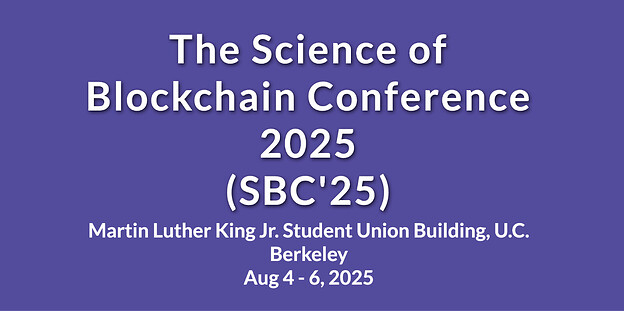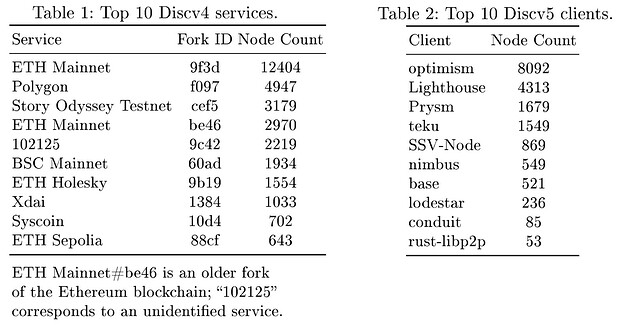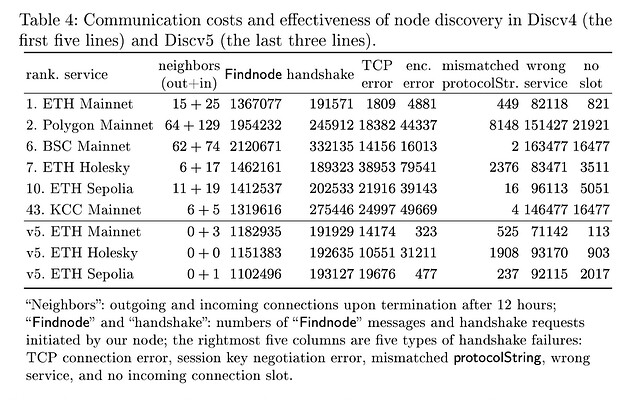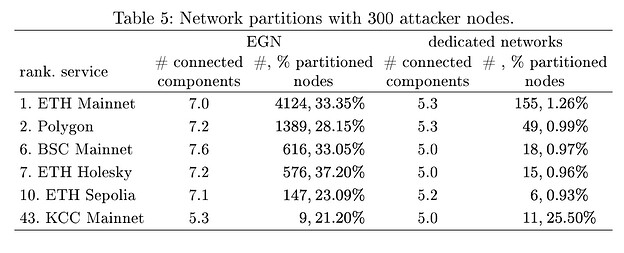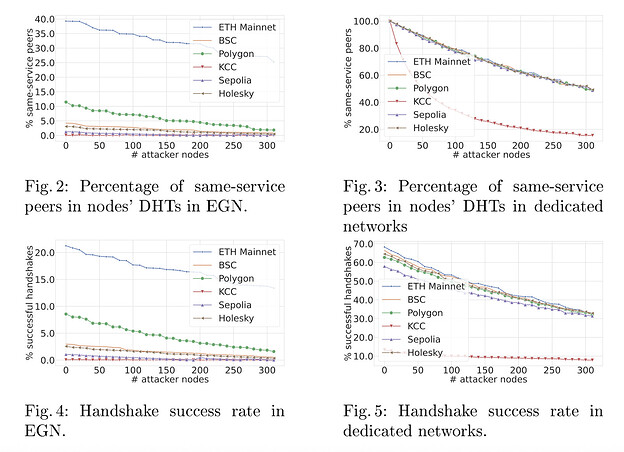Recently, a groundbreaking paper titled “A Place for Everyone vs Everyone in its Place: Measuring and Attacking the Ethereum Global Network” by Dr. Ren Zhang, researcher at Cryptape (CKB’s core R&D institution), in collaboration with scholars from the Chinese Academy of Sciences and the University of Science and Technology of China, has been accepted to The Science of Blockchain Conference (SBC) 2025. This research reveals for the first time that the Ethereum Global Network (EGN), which underpins $500 billion in market value, suffers from severe efficiency and security flaws: with just 300 malicious nodes capable of paralyzing thousands of projects, except for a few leading ones like Ethereum and Polygon.
SBC is the premier curated conference in the blockchain field. Rather than soliciting new submissions, it accepts nominations from all blockchain papers published in the past year, gradually evolving into a best-of collection from top conferences and journals including CRYPTO, CCS, S&P, and USENIX Security. In essence, SBC represents the “annual highlights” of blockchain research. Acceptance to SBC signifies that the research’s quality and impact have received the highest recognition from the international academic community.
Ethereum Global Network (EGN): An “Accidental” History of Sharing
Before diving into the research findings, it’s essential to understand what the Ethereum Global Network (EGN) is. As the underlying infrastructure of blockchain, the P2P network enables thousands of computers (nodes) worldwide to discover, connect, and exchange data with each other. Without this network, blockchain would be like a brain without neural connections, unable to function. When Ethereum launched in 2015, its P2P network (based on the Discv4 protocol) was tailored specifically for Ethereum. However, the designers included multiple identifiers such as networkID in the protocol, inadvertently laying the groundwork for future “cohabitation.” As the blockchain ecosystem exploded, when new projects like BSC and Polygon sought rapid deployment, they discovered a shortcut: directly forking Ethereum’s codebase, Geth. These projects realized that rather than investing enormous resources and time to build an independent P2P network from scratch, they could simply “hitchhike” on the existing, massive Ethereum Global Network.
Over time, EGN evolved from a private garden into a mega-community hosting over 7,134 different blockchain services, including Ethereum mainnet, major public chains (BSC, Polygon), Layer 2 projects (Optimism, Base), and various infrastructure services. It’s like a residential area originally designed for a single family that eventually became crowded with thousands of unrelated residents speaking different languages. While everyone shares the same network, they have virtually no connection to each other.
The Cost of Sharing: When Hitchhiking Becomes Traffic Jam and Inviting Wolves In
Dr. Ren Zhang’s team conducted 720 network snapshots covering over 2 million unique nodes in a large-scale measurement of EGN, systematically evaluating for the first time the true cost of this hodgepodge architecture. The research results are concerning.
Finding 1: 75% of Efforts Are Knocking on Wrong Doors
Imagine a massive convention center with thousands of different conferences happening simultaneously. Without any other means, to find your colleagues, you can only randomly open door after door, asking loudly. This is exactly what’s happening in EGN.
Research data shows that in most EGN nodes’ routing tables (essentially address books), over 95% of the contacts are from other services. This leads to staggering inefficiency: over 75% of connection attempts fail because nodes are connecting to “stranger” nodes running other services. In the most extreme case, a node serving KCC Mainnet needed an average of 45,908 attempts to find a usable “colleague.” In contrast, Bitcoin, with its purer network structure, requires only 4 attempts on average. This inefficiency translates directly into massive resource waste. Research shows that up to 20% of an ordinary node’s network traffic is consumed by these inefficient node discovery processes.
Finding 2: 300 Nodes Can Paralyze a Trillion-Dollar Ecosystem
The shared network is not only inefficient but also critically vulnerable in terms of security. Through attack simulations, the research team discovered that EGN’s hybrid architecture leaves it defenseless against DHT pollution attacks (think of it as “poisoning”).
Attackers need only control 300 malicious nodes (0.3% of the total network) to spread false information throughout the entire network. The ongoing cost of this attack is extremely low, requiring only about $15,000 per month in server costs. Yet the attack’s effects are devastating: in simulated attacks, connection success rates plummeted to below 1%, 21% to 37% of nodes were completely isolated, forming multiple network islands unable to communicate with each other.
This means attackers can use minimal cost to cause widespread paralysis in an ecosystem worth hundreds of billions of dollars. In comparison, the same attack is almost completely ineffective in independent P2P networks like Bitcoin’s, with less than 1% of nodes being isolated.
The Fallacy of “Bigger is Safer” and CKB’s Architectural Foresight
This research overturns the conventional wisdom that “bigger networks are safer.” When different services cohabit the same network, growth actually dilutes the density of effective connections and provides attackers with a breeding ground for cross-service attacks.
This prompts reflection: what kind of underlying architecture is truly robust? The findings of this research highlight the architectural foresight that Nervos CKB has maintained since its inception. CKB chose not to join EGN’s hodgepodge but instead built its own independent P2P network. More importantly, its layered design fundamentally solves the cohabitation problem:
- CKB Mainnet: Focuses on providing core security guarantees and decentralized consensus, with a pure, efficient P2P network serving a single purpose.
- Application Layer: Like Fiber Network, builds its own dedicated, independent communication network based on channels, achieving “everyone in its place.”
Wake-up Call and Insights: The Profound Value of Fundamental Research
Dr. Ren Zhang’s research sounds an alarm for the entire blockchain industry: infrastructure sharing isn’t always beneficial, and the hidden efficiency and security costs may far exceed expectations. What seems like cost-saving hitchhiking may ultimately cost the industry much more dearly.
This research accepted to SBC 2025 also demonstrates the CKB ecosystem’s deep investment in blockchain fundamental science and its international impact. While many projects chase market trends, Cryptape’s research team has been cultivating those invisible yet critically important fundamental problems. This commitment to scientific spirit not only contributes valuable discoveries to academia but also provides solid theoretical foundations for the industry’s healthy development.
As this research reveals, in building the grand blueprint of a decentralized world, sometimes “everyone in its place” is more important than “a place for everyone.”
For more details, read the original paper:
Chenyu Li, Ren Zhang, and Xiaorui Gong. “A Place for Everyone vs Everyone in its Place: Measuring and Attacking the Ethereum Global Network.” Cryptology ePrint Archive (2025).
